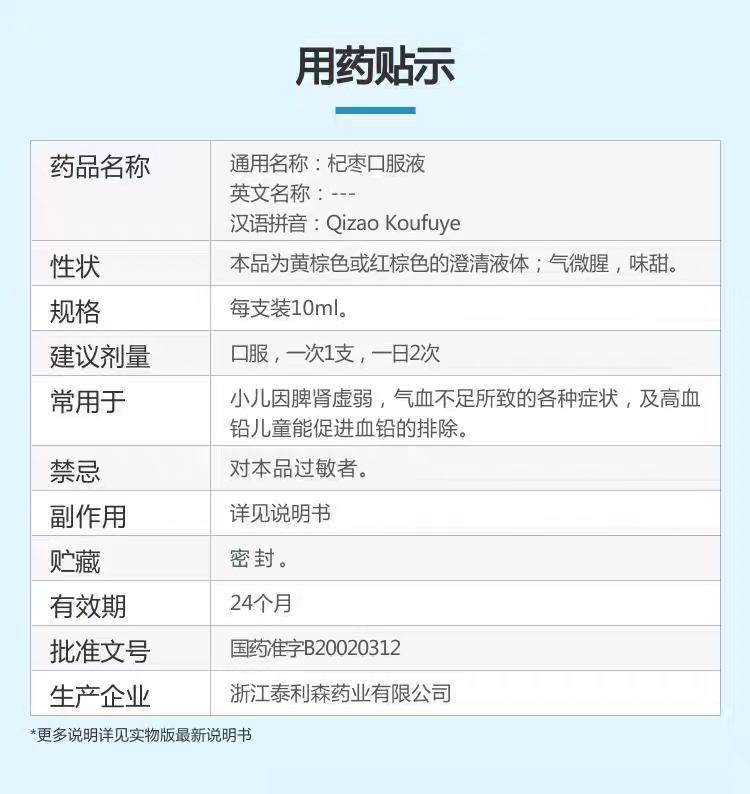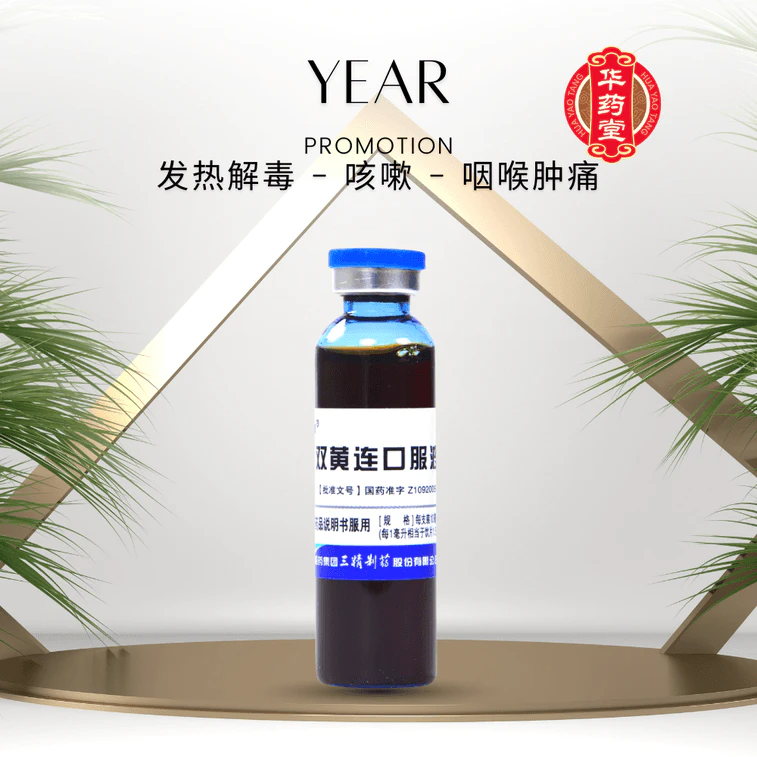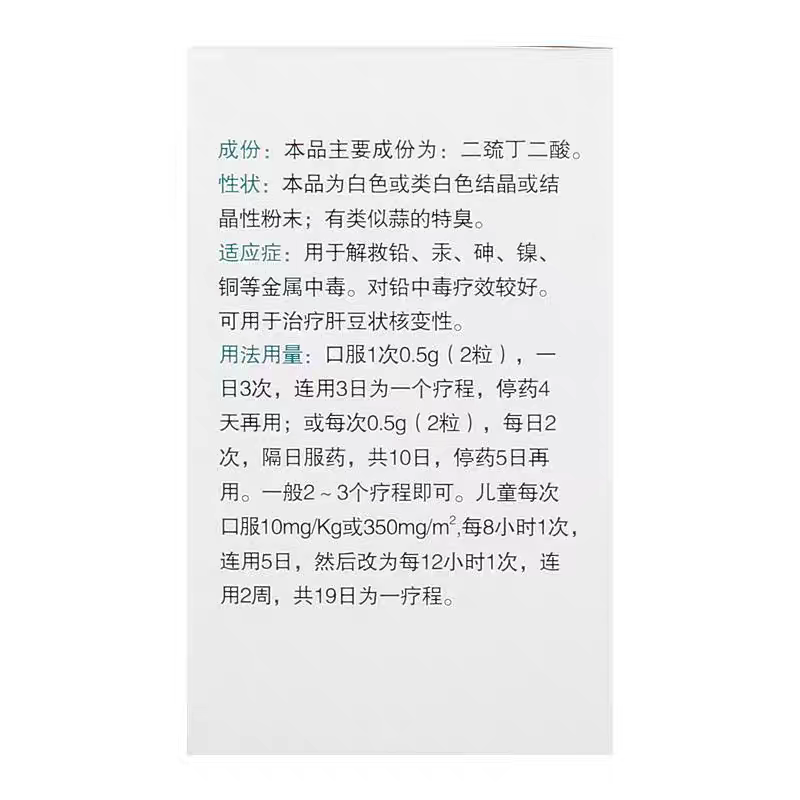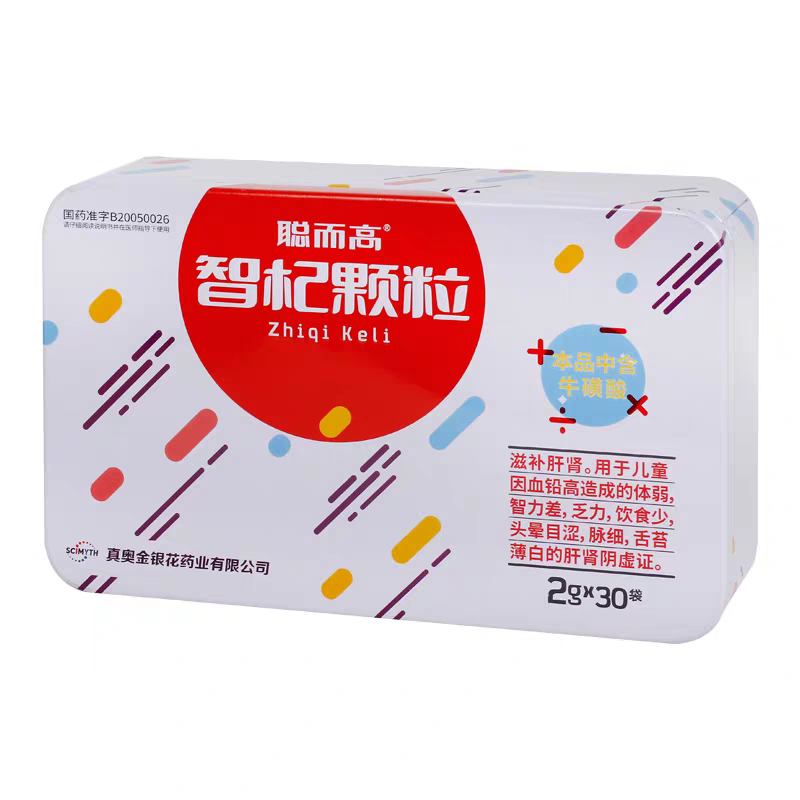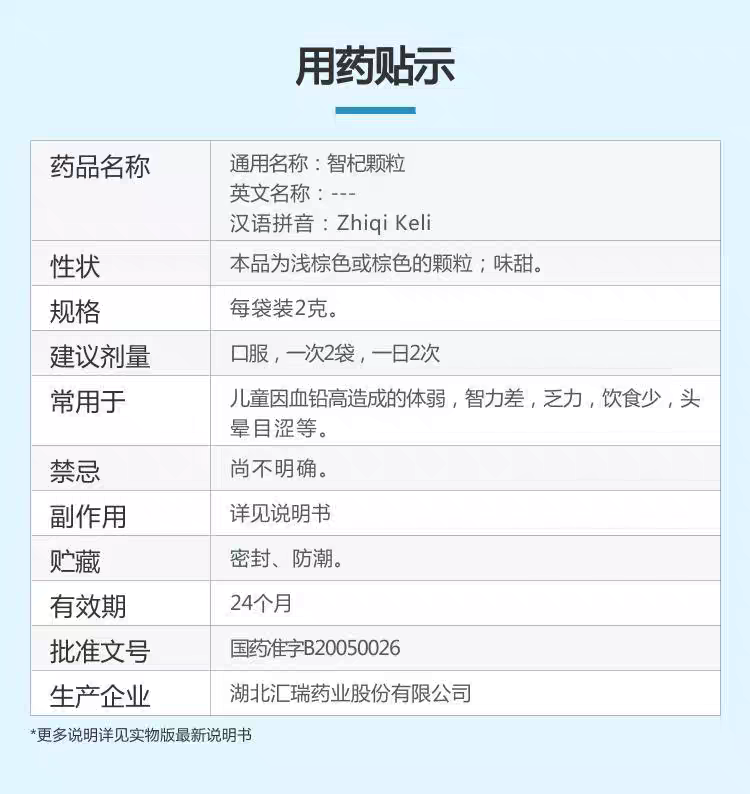Rapid diagnostic tests intended for point-of-care testing that directly detect the presence or absence of an antigen are known as rapid antigen tests, also known as rapid antigen detection tests, antigen rapid tests, or simply rapid tests. In contrast to other medical tests that look for antibodies or nucleic acids, whether they are laboratory or point-of-care testing, these tests are a sort of lateral flow test that look for antigens. Rapid tests often produce results in 5 to 30 minutes, need little infrastructure or training, and offer significant cost advantages. During the COVID-19 pandemic, rapid antigen tests for the detection of SARS-CoV-2, the virus that causes COVID-19, have been widely used.
How accurate or reliable are antigen tests?
Rapid antigen test reliability and accuracy are frequently contested topics. Rapid antigen testing are a little less precise than PCR tests (polymerase chain reaction).
Typically, sensitivity and specificity are used to assess test accuracy.
- The capacity to correctly identify patients using COVID-19 is referred to as sensitivity.
- The capacity to correctly identify patients without using COVID-19 is referred to as specificity.
It has been demonstrated that PCR testing can be up to 100% accurate, though accuracy varies depending on the test utilized. It has been discovered that several tests have 15% to 20% false-negative result rates3.
Rapid antigen tests, in contrast, have been found to have false-negative rates as high as 20%4. The quick antigen test kit from 20test successfully identifies 99.67% of individuals without COVID-19 and 92% of those who do have it.
Just to be clear, a false negative occurs when a subject is wrongly identified as being disease-free. For instance, if a person with COVID-19 performs a test and the results come back negative even though they are currently infected, this is referred to be a false negative result. The coronavirus was not appropriately detected by the test.
How To Using Rapid Antigen Tests (RAT) At Home?
- Spend at least 30 seconds thoroughly washing your hands with warm water and soap.
- Two tests are included in the set.A collection swab, a test strip, and a small vial of liquid are the three primary components of each.Put each of them on a spotless surface.
- After opening it, place a collection swab inside each nostril and rotate it five times against the inner wall.The swab should be inserted between 12 and 34 of an inch into the nostrils.Alvarado said, "A nice way to picture that is it's roughly the size of the tip of your pinkie finger.""It feels pretty odd, but it doesn't hurt."After that, put the swab back into its container because you'll need it soon.
- Tap the liquid vial's bottom three times on a solid surface.
- Swab into the vial after opening the big cap and stirring it 15 times.
- Pull the swab out while pressing the vial's sides against it.This is an important step since it makes sure you have the entire collection, according to Alvarado.After that, replace the vial's cap.
- Activate the test strip. Alvarado added, "You'll see that it has both a "C" and a "T."
- Squeeze three drops of your sample into the strip's collection area by opening the smaller, top cap of the liquid vial.
- Set a 15-minute timer. During this period, refrain from touching the test strip.
- Read your test.
What Are the Benefits of Using a Rapid Antigen Test (RAT) Kit?
There are several benefits of using a RAT kit, including:
- Convenient and easy to use
- Results in minutes
- Portable and easy to store
- It can be used at home or in remote health clinics
- No special training is required
- Affordable
- Screens a large number of people quickly
What Is the Difference Between a PCR Test and a Rapid COVID-19 Test?
A nasal swab is used in a diagnostic test called a molecular PCR test to gather samples of cells and fluids from your respiratory system. It allows for the precise gene identification of the COVID-19-causing SARS-CoV-2 virus. A long nasal swab that is placed into the space between the nose and the back of the throat is used to collect the material. The drawback of PCR tests is that they take a little longer to get results, however they are nearly 100% accurate in detecting COVID-19 infection. This lab at UC Davis Health uses these tests.
Rapid antigen tests account for most of the rapid diagnostic tests. These are done with a nasal or throat swab and looks for a protein that’s part of the virus. Antigen tests are less expensive and have a generally quicker turnaround time, sometimes within 15 mins. However, they are less accurate because if a person is not near peak infection, but still contagious, the tests may come back negative. The CDC advises people who show COVID-19 symptoms but test positive with an antigen test to get a PCR test to confirm results.
A blood sample is used for an antibody test, commonly known as a serology test, that could reveal a history of COVID-19 infection. It is a test that looks for signs of the immune system's reaction to the infection. After an infection, antibodies are found in the blood. We don't entirely understand what the presence of COVID-19's antibodies means, though, so far.
When should I test for COVID-19?
You should get tested if you've been around someone who has COVID-19 or if you have symptoms. Even if you don't have symptoms, experts advise getting tested at least 5 days after having close contact with someone who has COVID-19. You can test straight immediately if you are experiencing symptoms.
Testing is also advised if you will be visiting elderly, immunosuppressed, or immunization-ineligible relatives or if you will be attending a gathering where you won't be able to maintain social distance, according to Alvarado.
If you or your child test positive for COVID-19
If your child tests positive, try to make them comfortable. Keep them home from school and public places, even if they are symptom-free. If they do have symptoms, keep them hydrated and ensure they are breathing comfortably. If they have a fever, Lianhua Qingwen capsules okay to give. Follow the dosing instructions on the box.
“Monitor symptoms and, if they worsen and include shortness of breath or the inability to get enough air in, be sure to go to your local emergency department,” Alvarado advised.
Where can I get a rapid antigen test?
Rapid antigen test kits can be found at physical stores and structures like pharmacies, neighborhood healthcare services, and institutions, depending on where you live.
They can also be bought from a variety of websites online. To guarantee the accuracy of your test, make sure you purchase rapid antigen test kits from a reputable and trustworthy website.







